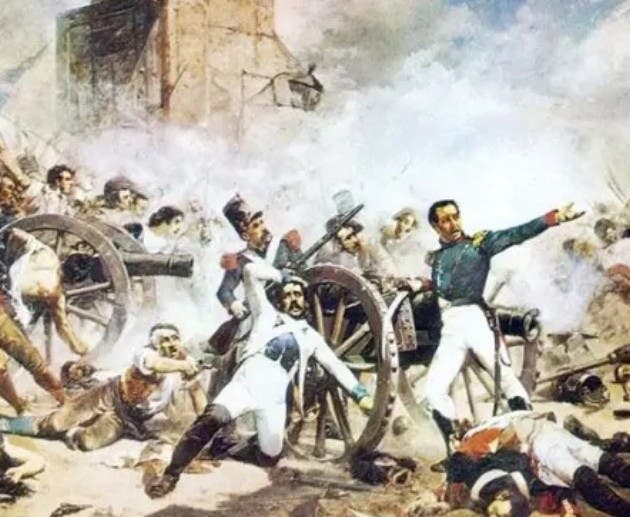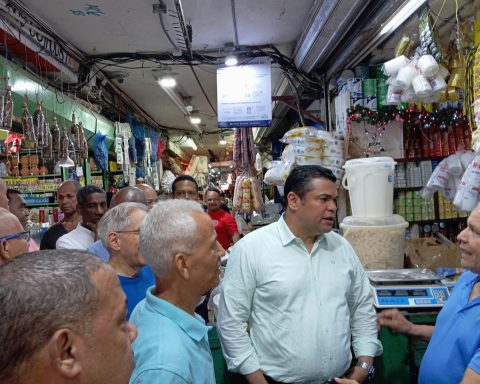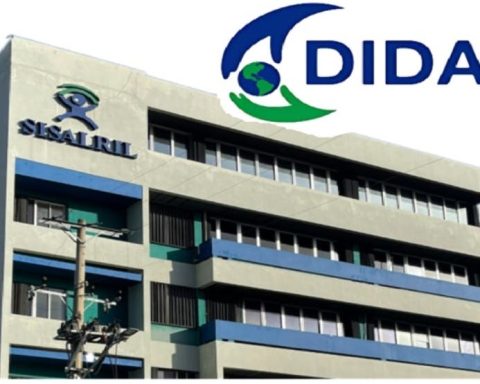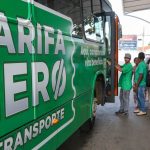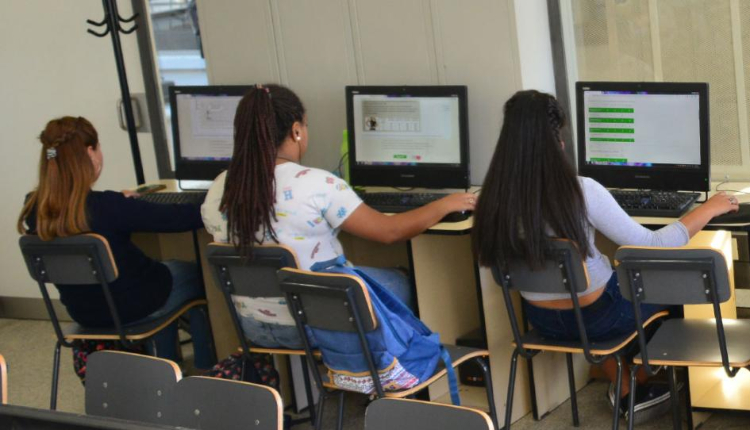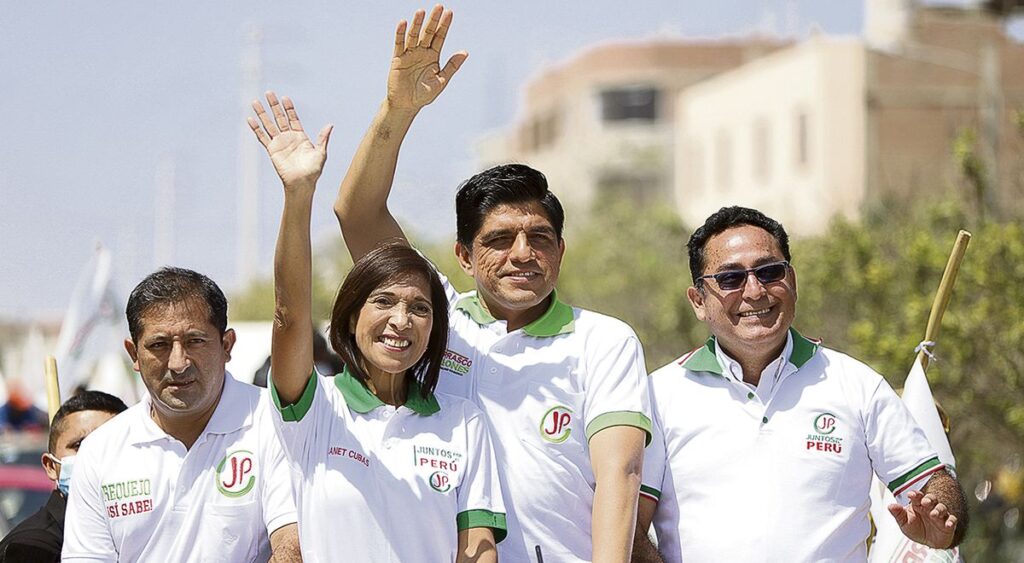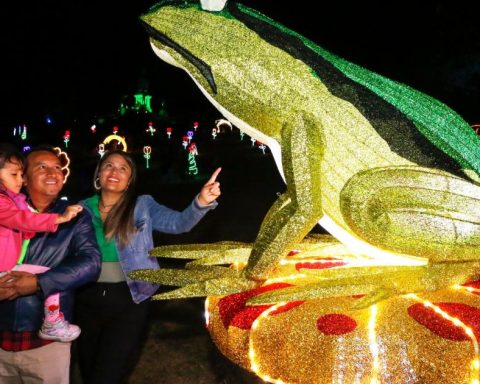The economic crisis, the exchange of the Dominican currency for the Spanish currency, the fear of becoming slaves in Spain again and the practice of stripping the peasants of their horses to transport troops were four of the causes that motivated the action of the Dominicans of carry out an armed revolt known as the Restoration.
The annexation to Spain carried out by Pedro Santana took place on March 18, 1861, in the square in front of the Cathedral, now the Colonial Zone, where the proclamation was made accompanied by the cabinet, firing dozens of cannon shots, the flag of Spain at the Puerta del Conde where Santana proclaimed the reincorporation into Spain, loudly expressing ¡Viva Doña Isabel II!, as described in the work «Historia del Pueblo Dominicano», page 257.
The Dominicans always rejected the project and after several skirmishes of rebellion by the Dominicans against the Spaniards in different parts of the country, on August 16, 1863, Benito Monción and Santiago Rodríguez crossed the border and entered the Dominican territory with 80 men in Capotillo, Dajabón made the proclamation to face the Spanish army and hoisted the Dominican flag.
Immediately afterwards, the Dominican troops moved without resistance through Dajabón, in the direction of Santiago, but between the passage of the Macabón River and Guayubín, Montecristi, the restorers met the troop of the “so-called hard man” and Spanish commander, head of the San Quintín battalion. and Governor of Santiago Manuel Buceta, who had come out to confront the restaurateurs, giving rise to the first clashes.
The Dominicans under the command of Pedro Antonio Pimentel and Benito Monción confronted Buceta’s troops, who in a short time caused multiple casualties and the Spanish had to flee.
Buceta in his escape changed course, moving towards the coast in order to return to Santiago, but the Dominicans on horses and mules chased him and in the community of Doña Antonia, now near the entrance of Punta Rusia, on the Duarte highway , they caught up with him again and another fight took place, giving rise to the second defeat in 24 hours and Buceta and the men they had left again escaped to Santiago.
On August 22, the restoration troops clashed with the Spanish again in Guayacanes, now the community of Valverde, causing them a third defeat and where Colonel Alejandro Robles died, considered one of the most prepared soldiers in the Spanish army.
You may be interested in reading: 159th anniversary Grito Capotillo
After several clashes between the two troops in various places along the northwest line, panic seized the Spanish army, who returned to Santiago, where they received several reinforcements from Santo Domingo, according to historians.
Commander Buceta was able to return to Santiago, and the restorers began to celebrate for having taken the cities of Dajabón, Montecristi and Santiago Rodríguez.
On August 31, General Polanco arrived in Santiago with 1,000 men and immediately began besieging Buceta’s troops, who had taken refuge in the San Luis fortress.
In the midst of the tension, Buceta fired the cannons of the fortress with pieces stuffed with tar-laden rags to make fire on the city’s gray roofs, causing a great fire in the city of Santiago.
The restorers had to withdraw to the outskirts of Santiago, specifically Gurabito, La Otra Banda, Los Chachases, an action that allowed the Spanish to replenish food and begin their escape to Puerto Plata.
Between September 5 and 9, 1863, Buceta was proposing capitulation to the restorers, but he took the opportunity to continue taking his military supplies to Puerto Plata, where Brigadier Rafael Primo had arrived from Cuba with a battalion of men to give him support for.
On September 14, after the departure of the Spanish, the restorers chose their first government as president of the Republic with a seat in Santiago, General José Antonio Salcedo was appointed and Benigno Filomeno de Rojas as vice president, starting the restorer government.
On September 15, General Pedro Santana left for Santiago from Santo Domingo with an army made up of hunters from Bailen San Marcial, but the troops in Sillón de Viuda encountered a troop commanded by Luperón and forced Santana’s troop to withdraw. with the loss of several men.
